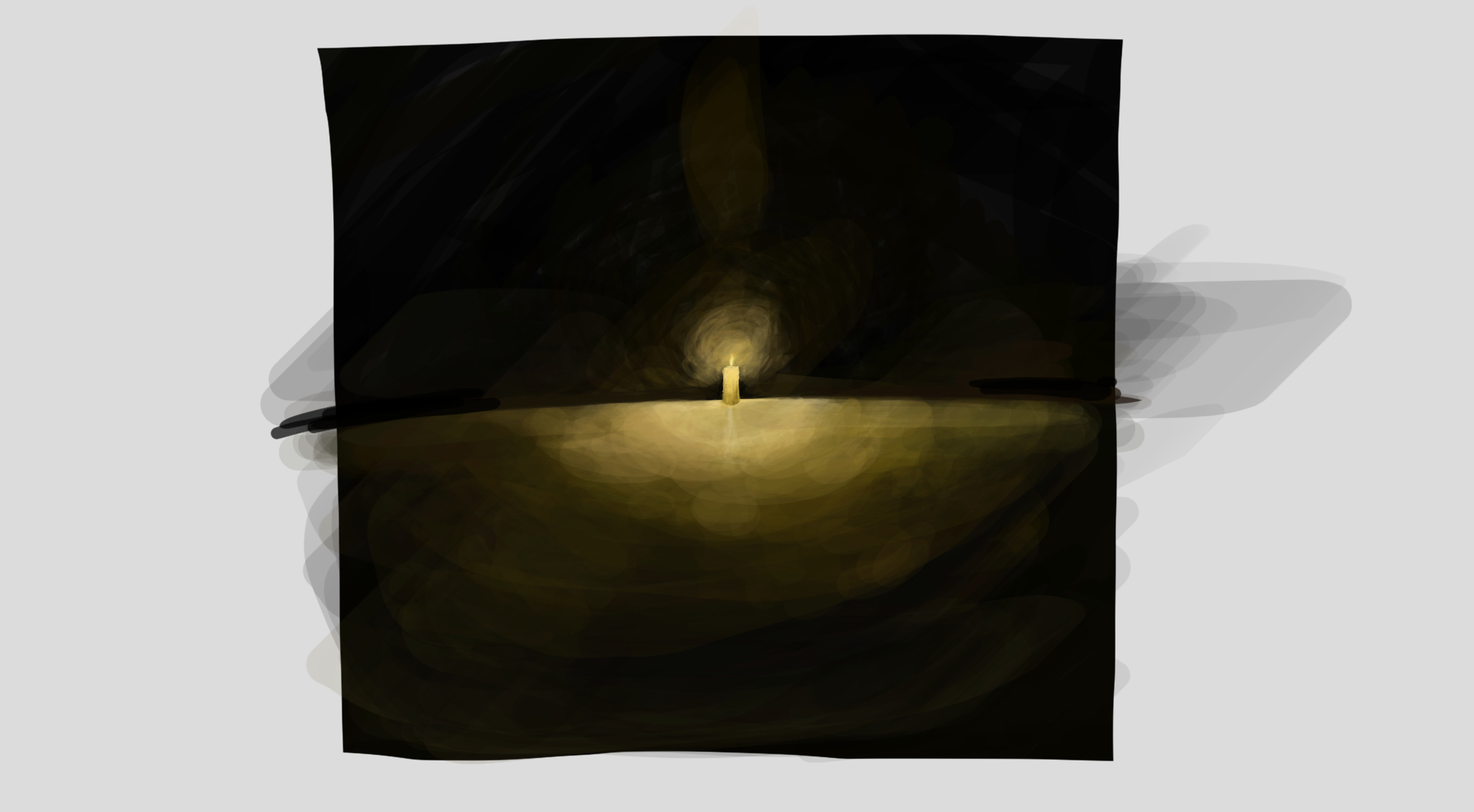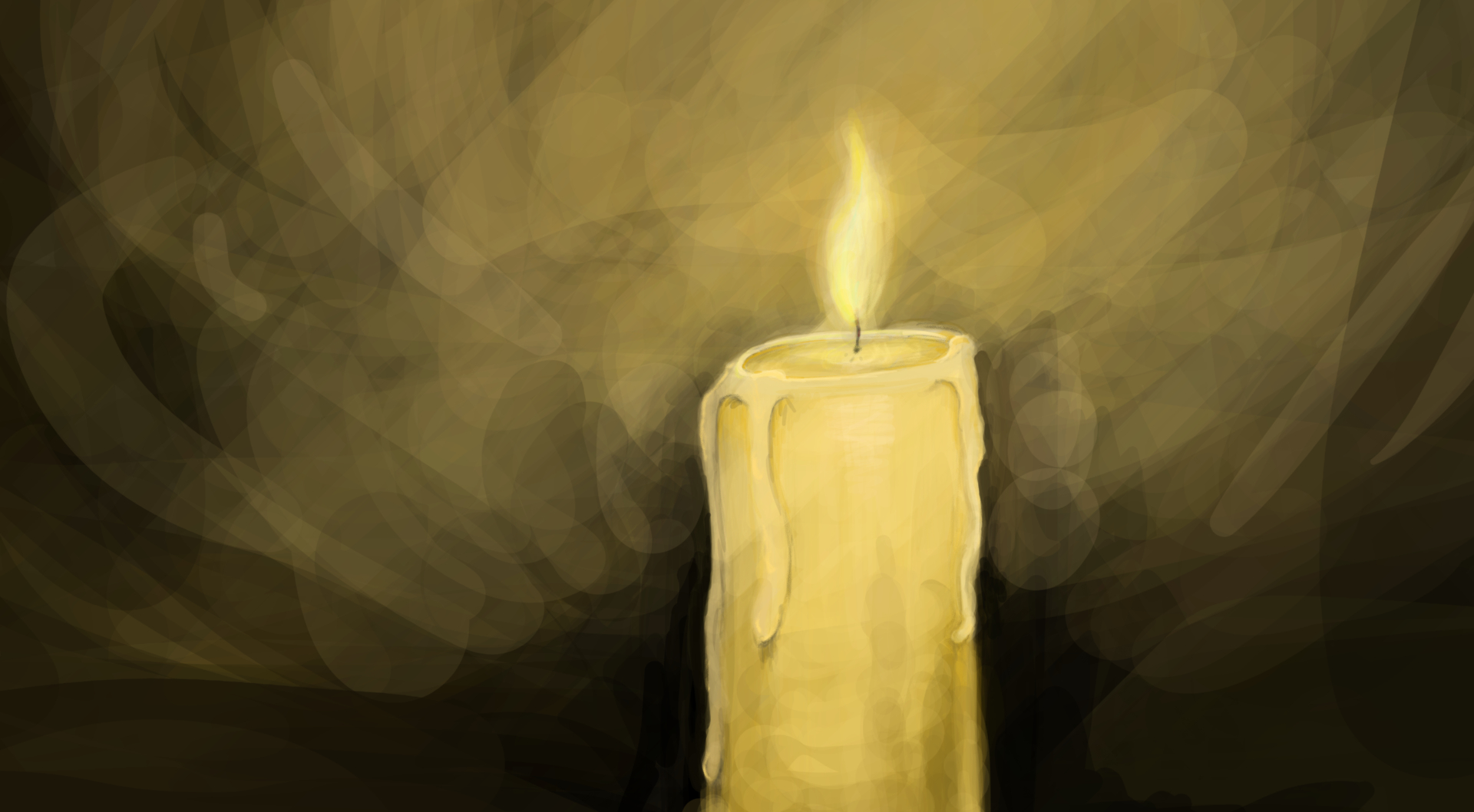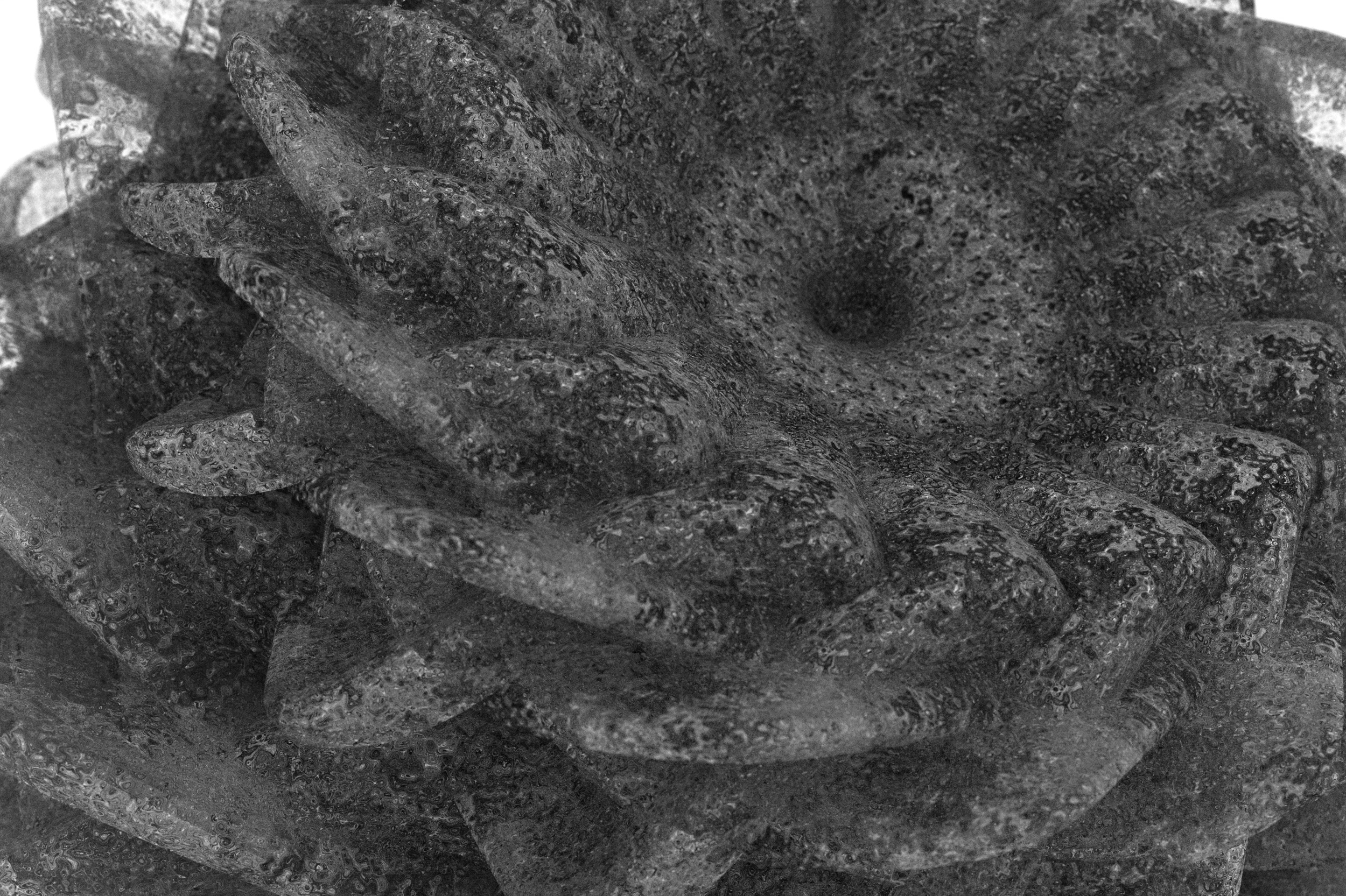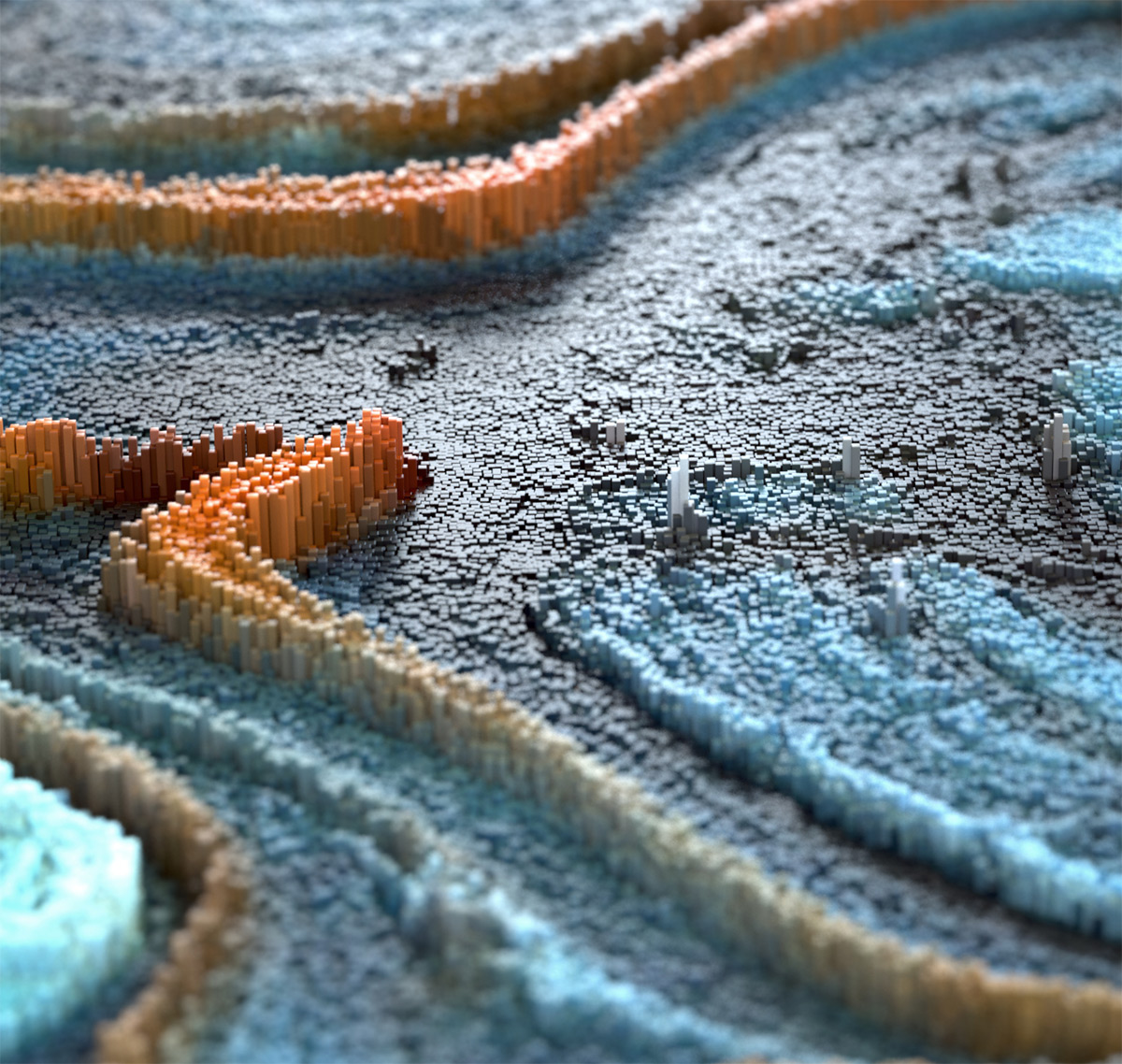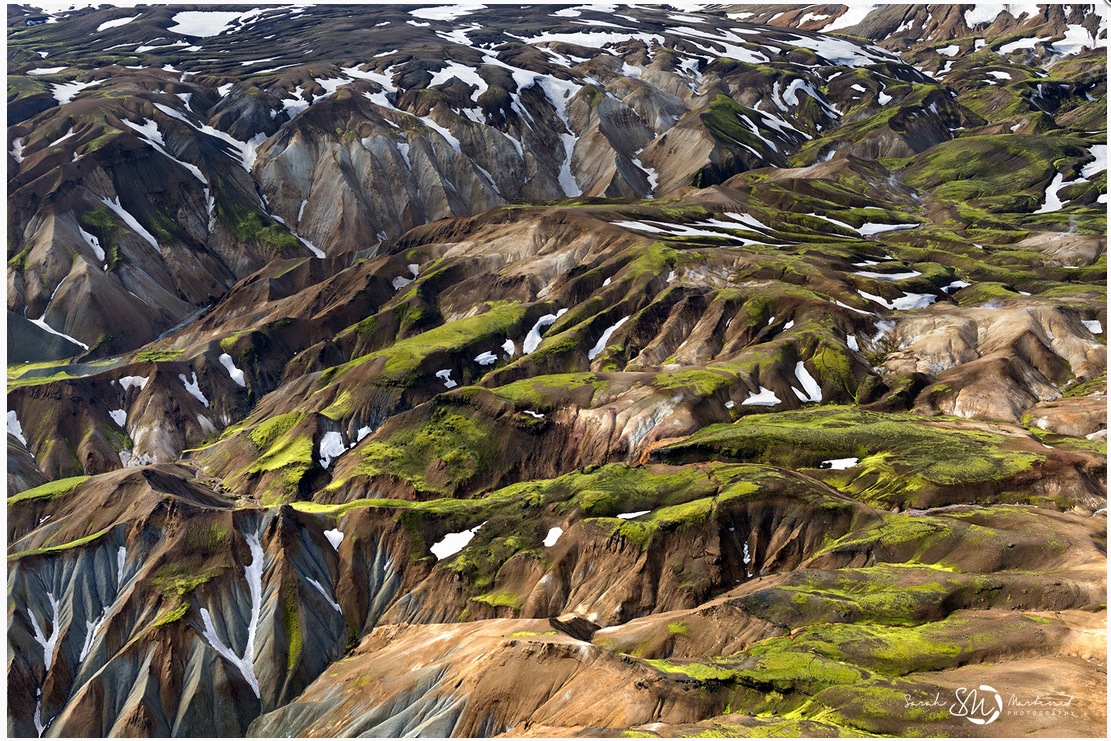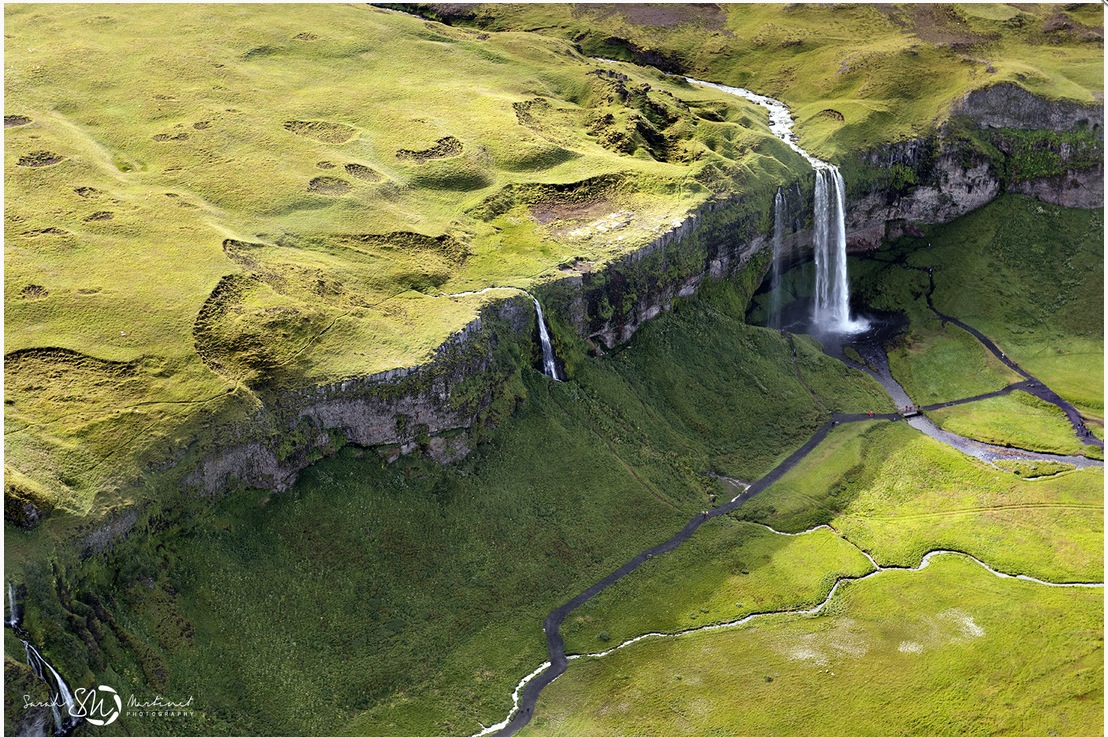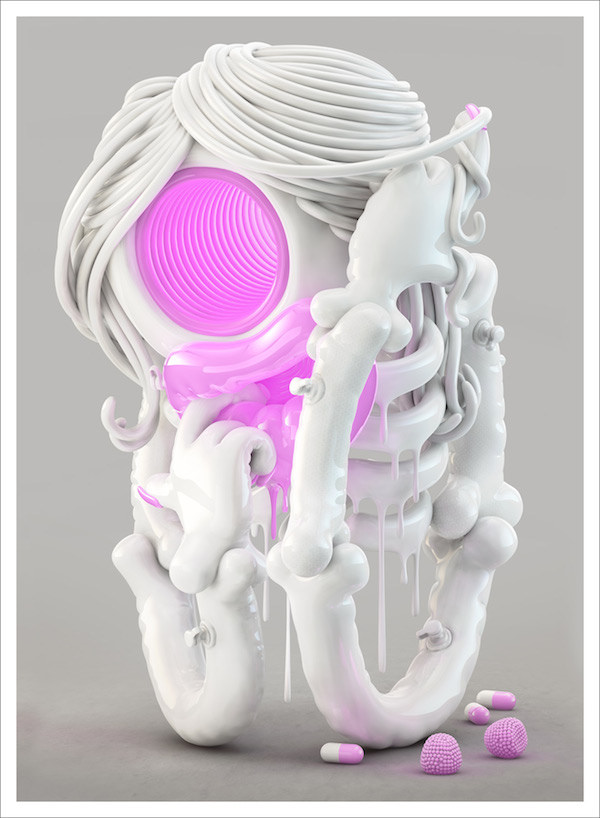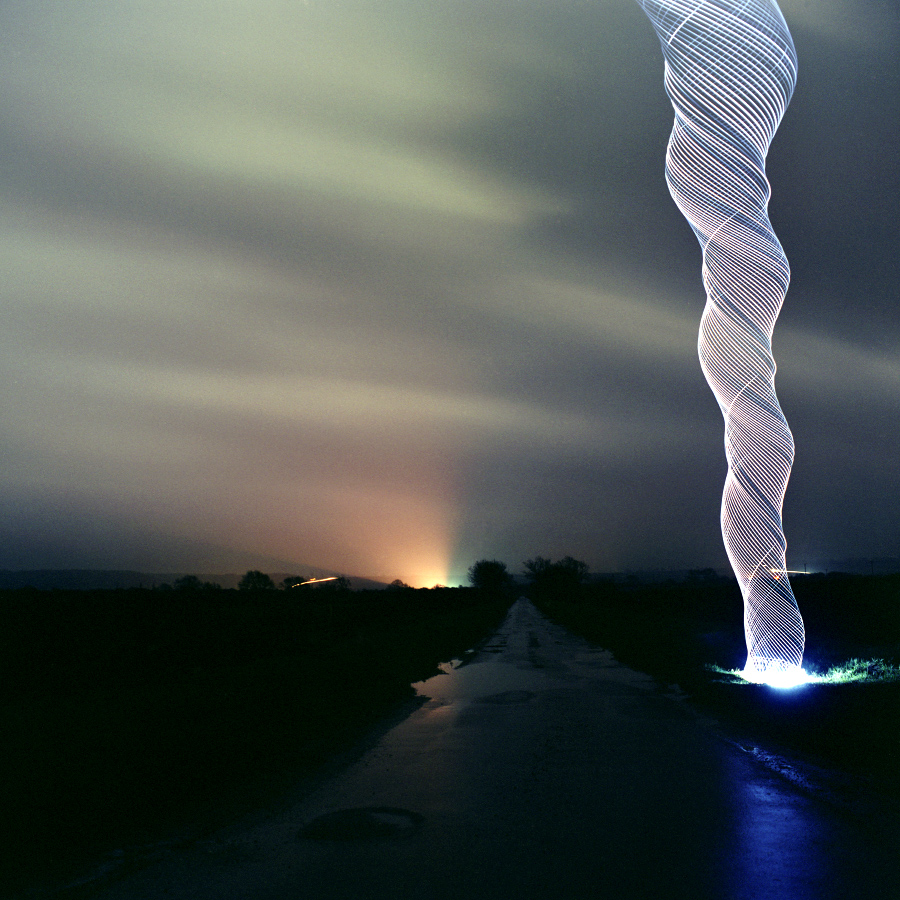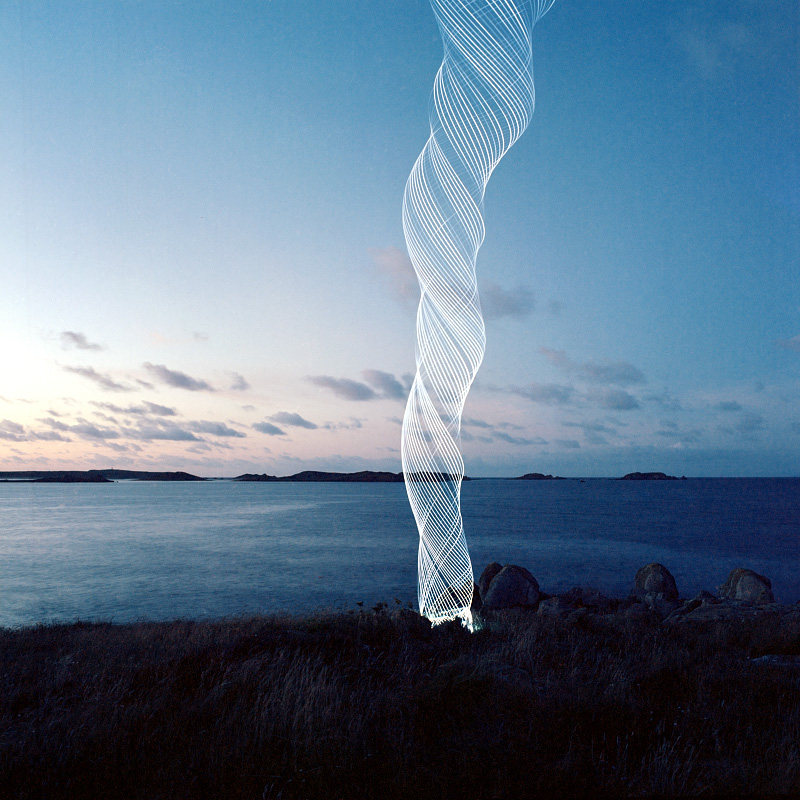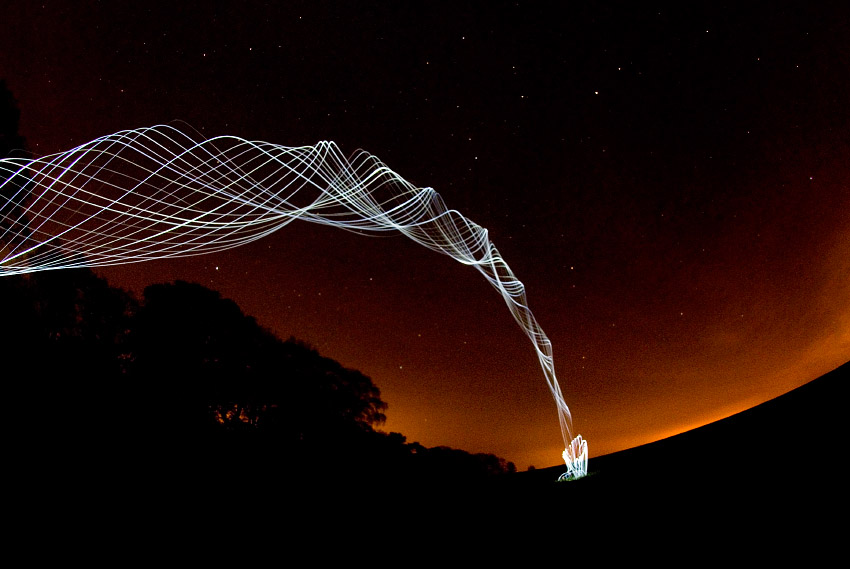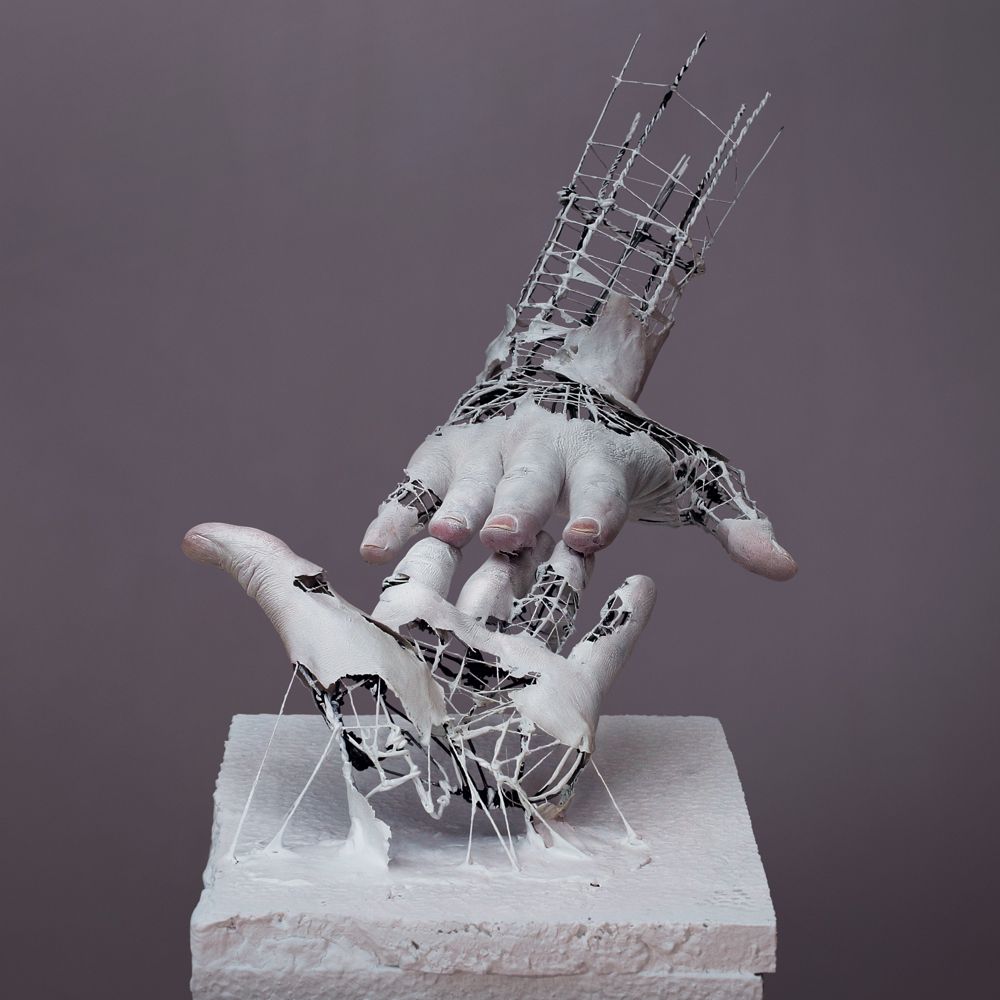Wanted to do a little project for Sara since she just ran the Portland Holiday Half and this is the result. Wanted to work on my text chops.
Uberball by Richard Yot
Awesome video and free Uberball from Richard Yot to help work on your shaders in Modo. The scale slider is really useful for me personally.
Made with MIschief
The Foundry, makers of my fav 3d program Modo, just released a sketching program called Mischief and so far I am having a ton of fun with it. While I would not consider myself someone who draws stuff from scratch I do enjoy it and have been dabbling in Painter and different Photoshop techniques to do hand drawings for years. So far this program is the simplest and most intuitive to use for me. Just the other day I tried showing Painter to someone who is a accomplished painter and it's just too freaking complicated to easily use for anything. With Mischief if you want a bigger brush, zoom out. Smaller brush? Zoom in. Kind of how it should work. Plus, you can zoom in forever without any pixelation. It is the most bizarre thing to do and really awesome. This is the first thing I did in it last night, once again I am not a drawing type of guy but it was easy to use and sketch in. I could really use this when concepting or storyboarding. Oh yeah, bonus, there is a free version and a $25 version. You really can't say no.
Personal Work: Modo Stencil Study
Was working with stencils, replicators and volumetric lights last night and pulled this one off. The volumetric light started breaking up into almost a plasma type feel. Included the AO render as well so you can see the model without the volumetric light turned on. Interesting shape there as well.
Work: New / Old work in the Portfolio
Bunch of stuff came out of embargo and I have been slacking on updating the portfolio so I build up a few more examples and posted them this week. Some older some newer. Made some fun gifs as well. If you have a sec go take a gander.
Work: Danklife featured on Adweek Talent Gallery.
The Nike Flyknit project we worked on with Ryan Unruh has been featured on the Adwek Talent Gallery as of today. Yay!
Personal Work: Grass Fields.
Just picked up a bunch of new models of grass and did this quick test render with a stock photo backdrop. It is a tad "glossy" on the plants but I enjoy it visually quite a bit. Great models...
Holy crap: HP Announces 36-Core Desktop Workstations
"The new Z840, Z640, and Z440 desktops are more quiet and power-efficient than their predecessors, but the big news was the support for 36 processing cores on the Z840 and Z640. Yes, we all asked if the number was a mistake. HP showed us the system monitor, which displayed a total of 72 threads (doubling the core number via hyper-threading)."
Wow, that with WD's new 10 TB drives would be quite the workstation. Might need to upgrade my Wintel box soon ;)
Tuts / info: Skin materials
This post on the Modo forums go into all sorts of crazy detail about getting realistic skin shaders. It's a gold mine of ideas and information for any program, not just Modo.
"Top Layer/Skin Surface - This is pretty flat/desaturated. It's basically just the cells of your skin, most of which are dead. Although I would think this map would be colored a bit if the character/model had some darker pigmentation based on race etc. Perhaps moles/liver spots, tattoos, make up etc.
2nd Layer - This is just below the skin. Sort of a more saturated version of the surface/skin map. There is blood and active alive tissue, but for the most part, is just "more layers of skin". Perhaps moles/liver spots, tattoos etc.
3rd layer - This is where most of the color comes from. Fat, blood, muscle, connective tissues etc. This map is generally very contrasty and saturated. Really think about what elements would be contained at this level - reds and blues for veins and vessels, pinks for muscle, connective tissue - pale yellowish whites for connective tissue/tendon, darker brownish yellows etc for fat, lighter desaturated white/yellows for bone etc.
4th Layer - Backscatter map - this map is more or less a mask, dictatiing where and how light will pass through the skin material, on thinner areas like the ears, as well as the general darker, reddish coloring.
Spec/Gloss 01 - General spec/oil.
SPec/Gloss 02 - Extra shiny/wet areas, on top of the oil layer, like lips, around eyes, maybe on nose or forehead"
Personal Work: DoF, Bokeh and particles study.
Little study I did last weekend exploring DoF, bokeh and some interesting particles and dynamics. The bokeh has too much noise for me but I can not for the life of me figure out how to clear that up.
Building 3D with Ikea
"
Today, around 75% of all IKEA’s product images are CG, and they have a ‘bank’ of about 25,000 models. “These are all created at a ridiculously high resolution,” explains Martin, “We render them in 4Kx4K, and they need to hold up to that resolution. We need to be able to do whatever we like with the renderings - print them on large walls in the stores if we need to. Even if most of them are only ever used on the website, they all have the capability to be printed very high-res.”
The first entire room image to be created in CG for one of IKEA’s catalogues was in 2010. “There were a LOT of people involved in that image,” says Martin. “As you can imagine, the first time you do something, everyone wants to have a look! But then the catalogue after that had four or five images and it really took off.”
“The most expensive and complicated things we have to create and shoot are kitchens. From both an environmental and time point of view, we don’t want to have to ship in all those white-goods from everywhere, shoot them and then ship them all back again. And unfortunately, kitchens are one of those rooms that differ very much depending on where you are in the world. A kitchen in the US will look very different to a kitchen in Japan, for example, or in Germany. So you need lots of different layouts in order to localise the kitchen area in brochures. Very early on we created around 200 CG exchanges versions for 50 photographed kitchens in 2008, with the products we had - and I think everyone began to understand the real possibilities.”
Very interesting write up over at CG Society. Took Ikea a number of years to make the switch but they did.
On a side note, V-Ray for Modo exists now in Beta and hopefully I will be able to run some tests with it soon. Grant Warwick has a very impressive looking Mastering V-Ray class I'd love to go through. As far as I can tell Modo does not seem to have a specific in-depth shader tree / node class. And yes, I have watched all of Richard Yot's stuff I could find but it is more about rendering and not shader tree specific. ;)
Art: CGI Art of Lee Griggs
Lee Grigs does some amazing things with Maya. His Blog here with a tutorial. Now can I translate that into Modo? VIA Colossal
Art: Gediminas Pranckevicius Illustrations
Gediminas Pranckevicius makes some really luminescent illustrations. I would go to town with some replicators to try and do something like this in 3d. Getting that rich atmosphere would be damn impossible though.
Art: Sarah Martinet Aerial Photos
Was looking at Sara Martinet's Aerials photos last night and I really like the post process she uses. It's subtle but flattens out foreground to background in a interesting way which makes it feel painterly while avoiding the HDR uncanny valley.
Art: Mark Gmehling’s 3D-rendered.. things?
Super fun high plastic 3d art by Mark Gmehling, I really enjoy the toy feel of these. A lot of whimsy and still has a consistent feel. Motivates me to up my modeling game in Modo.
Art: Animations by Andy Thomas
Awesome animations here of bird songs by Andy Thomas. Really enjoy the movement and abstract look of these.
There is a nice breakdown on his blog as well.
Tuts: Glowing objects in Modo
Some people wanted to know how to do that Tron look so here is a link to the video from Brad Peebler at the Foundry showing you all how it's done. It's shockingly easy. Plus some bonus tips on action centers that are interesting. Action centers continue to annoy me as they all have to clicked in perfect order otherwise they don't work.
Art: Martin Kimbell Light Tornados
Martin Kimbell makes light tornados with some LEDs and hula hoops. Pretty fun idea. Makes me wanna go out and shoot some nightscapes with the Fuji.
Art: Yuichi Ikehata
Can't tell you much besides I like it.
"This site is Yuichi Ikehata works site.
Kakuunohito “架空の人” is
my disappearing performance unit name.
Testing: Tron effects and Render Passes
So this weekend I wanted to figure out a way to get a "Tron" type effect using the CGI shoe as a base. Pretty happy with the results. Set it in a mirror box, layered back in the solid CGI shoe for realism and added some particles to liven it up a bit. Toyed with blurry reflections but I enjoyed the sharpness of this more.
I also made use of the Sabertooth render passes tutorial I posted below which was super helpful. I set up a render with particles, one without so I could get a clean shoe and one with the real shoe on. That saved a ton of time by being able to click through them and make sure it all works and fire off one render. The only big problem with render passes though is that it does not support network rendering so no render farm when using it.

